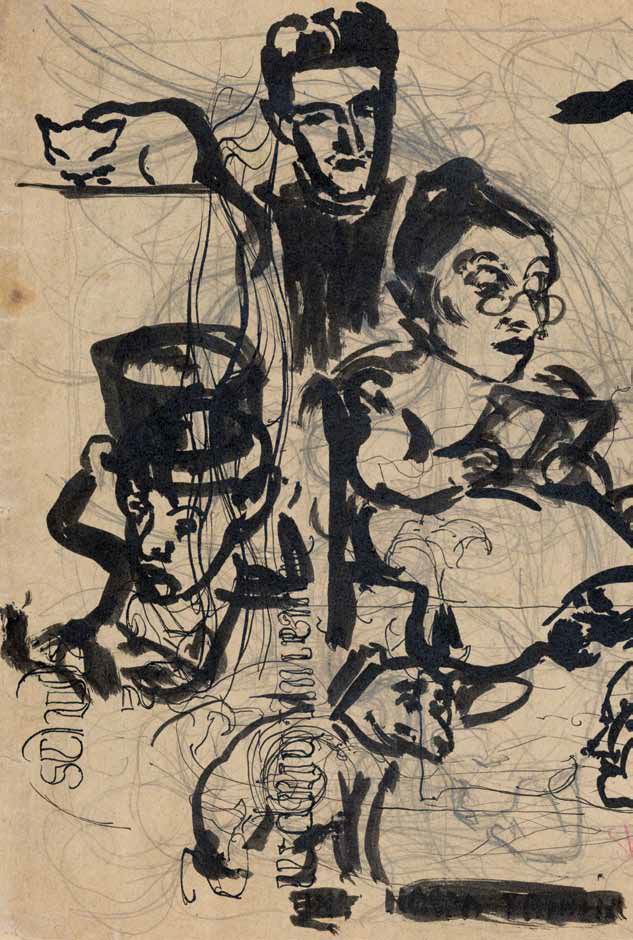Dorożka w lesie – Schulz i pisanie
Abstrakt
This paper treats Bruno Schulz’s Cinnamon Shops as a depiction of two entirely different models of writing: the first disturbingly real for Schulz, and the second more idealized, or even nostalgic. The first model presents writing as a process of constantly deferred meaning, as a wandering through a labyrinth of shifting city streets or human signs, whose “configuration,” as the story’s narrator observes, “fails to match the expected image.” The second, more idealized model was described by Schulz himself in his famous 1935 essay for Stanisław Ignacy Witkiewicz as the proper goal or aspiration of art: “Its role is to be a probe sunk into the nameless. The artist is an apparatus registering processes in the depths, where value is formed.”

 Uniwersyteckie Czasopisma Naukowe
Uniwersyteckie Czasopisma Naukowe





